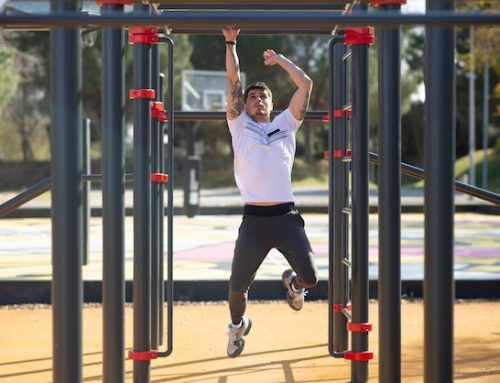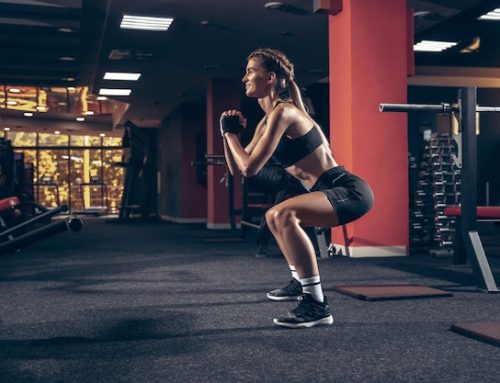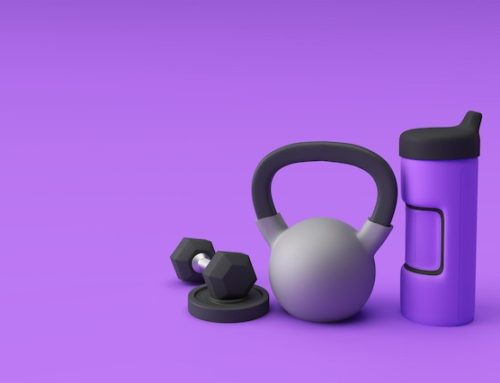The Debate: Should Pushups be Done Fast or Slow?
Calisthenics has become increasingly popular in recent years as a way to stay fit and build strength without the need for expensive equipment or gym memberships. Pushups are one of the most well-known and widely practiced exercises in calisthenics, but there is a debate over whether they should be performed fast or slow. In this article, we will explore the arguments for both sides and determine which method is best for you.
The Case for Fast Pushups
Advocates of fast pushups argue that they are more efficient at building strength and endurance than slow pushups. This is because fast pushups require more explosive power, which engages more muscle fibers and stimulates muscle growth. According to a study published in the Journal of Strength and Conditioning Research, fast pushups were found to produce greater increases in upper body strength and power than slow pushups.
Additionally, performing pushups quickly can increase the cardiovascular benefits of the exercise. By moving at a faster pace, you are able to elevate your heart rate and improve your overall fitness level. This can be especially beneficial for individuals looking to improve their endurance or lose weight.
The Case for Slow Pushups
On the other hand, proponents of slow pushups argue that they are more effective at building muscle size and definition. This is because slow pushups allow for greater time under tension, which forces the muscles to work harder and adapt to the stress placed on them. According to a study published in the European Journal of Sport Science, slow pushups were found to produce greater increases in muscle thickness and activation than fast pushups.
Slow pushups also allow for better form and technique, which can help prevent injuries and ensure proper muscle activation. By moving at a slower pace, you are able to focus on engaging the correct muscles and maintaining proper alignment throughout the movement. This can be especially beneficial for individuals who are new to calisthenics or who struggle with maintaining proper form during pushups.
The Verdict: Which Method is Best?
So, should pushups be done fast or slow? The answer is that it depends on your goals and fitness level. If you are looking to build strength and endurance, fast pushups may be the better option for you. However, if your goal is to build muscle size and definition, slow pushups may be the more effective choice.
It’s also important to consider your fitness level and experience with calisthenics. If you are new to pushups or struggle with maintaining proper form, slow pushups may be the safer and more effective choice for you. Conversely, if you are an experienced calisthenics athlete with good form and technique, fast pushups may be a way to challenge yourself and continue to progress.
Ultimately, the best way to determine which method is best for you is to experiment and listen to your body. Try both fast and slow pushups and pay attention to how your muscles feel and how your body responds. Remember to always prioritize proper form and technique, and never sacrifice good form for the sake of speed or intensity.
How to Perform a Proper Pushup
Regardless of whether you choose to perform fast or slow pushups, it’s important to ensure that you are using proper form and technique. Here’s how to perform a basic pushup:
| Position | Step |
|---|---|
| Starting position | Place your hands shoulder-width apart on the ground and extend your legs behind you, keeping your body in a straight line from head to heels. Engage your core and glutes to maintain proper alignment. |
| Lowering phase | Bend your elbows and lower your body towards the ground, keeping your elbows close to your body. Aim to lower your chest as close to the ground as possible without touching it. |
| Pushing phase | Push through your palms and extend your arms, returning to the starting position. Keep your core and glutes engaged throughout the movement to maintain proper alignment. |
Remember to breathe throughout the exercise, inhaling as you lower your body and exhaling as you push up.
Tips for a Successful Pushup
Here are some additional tips to help you perform successful pushups:
- Keep your elbows close to your body throughout the movement, rather than flaring them out to the sides.
- Engage your core and glutes to maintain proper alignment and prevent low back pain or injury.
- Start with a modified pushup, such as placing your knees on the ground or elevating your hands on a surface, if you struggle with performing a full pushup.
- Gradually increase the number of pushups you perform and experiment with different variations, such as diamond pushups or decline pushups, to challenge yourself and prevent boredom.
- Take breaks and listen to your body. If you feel pain or discomfort, stop the exercise and rest or seek medical attention if necessary.
In conclusion, the debate over whether pushups should be done fast or slow ultimately depends on your goals and fitness level. Experiment with both methods and focus on proper form and technique to ensure that you are performing pushups safely and effectively. With practice and dedication, you can build strength, endurance, and muscle definition through this classic calisthenics exercise.






